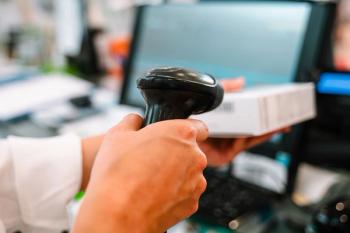
Equipment and Processing Report
- Equipment and Processing Report-09-18-2019
- Volume 12
- Issue 9
Augmented and Virtual Reality in Machine Design
The Industry 4. 0 tools of augmented and virtual reality aid pharmaceutical fill/finish equipment design, training, and troubleshooting.
As Industry 4.0 takes hold, simulation via virtual reality (VR) or augmented reality (AR) is assuming larger roles in machine design, engineering, construction, operation, and maintenance. VR offers an immersive experience in a fully simulated setting; AR overlays digital elements on a real-world environment.
Bausch & Ströbel is already using AR and VR technologies. VR is helping its design teams fix problems in the development phase before pharmaceutical fill/finish machine construction begins. Using VR, the design team can reduce turbulence and areas of low velocities, avoid cross-flows above containers, and show static pressure and upward flow to optimize air-flow and ensure the cleanest possible environment for filling. VR also can help check ergonomic features, such as reachability for machine access by short or tall operators. “VR allows earlier decision making and helps determine if adaptations are needed,” explains Florian Naser, an engineer in the Data Processing Organization, Systems Product Creation, Applications at Bausch & Ströbel.
VR can be used to train operators before the machine is installed and whenever new hires come onboard. There are several advantages. VR training doesn’t tie up the machine, and all operators are trained the same way. VR can also support maintenance because it can ensure that the proper spare parts are on hand and help optimize machine modifications.
AR also can assist with machine troubleshooting by highlighting the problem area on a tablet computer that is brought to the machine. AR can identify the correct part and part number, zoom in, offer different views, present the virtual view next to the actual machine, and provide visual instructions for the operator or maintenance person, eliminating the need to search through paper-based standard operating procedures. “Nothing is forgotten or out of sequence, and the program is easily edited if changes are needed,” says Naser.
Articles in this issue
over 6 years ago
Safe and Sound with RFIDNewsletter
Get the essential updates shaping the future of pharma manufacturing and compliance—subscribe today to Pharmaceutical Technology and never miss a breakthrough.




